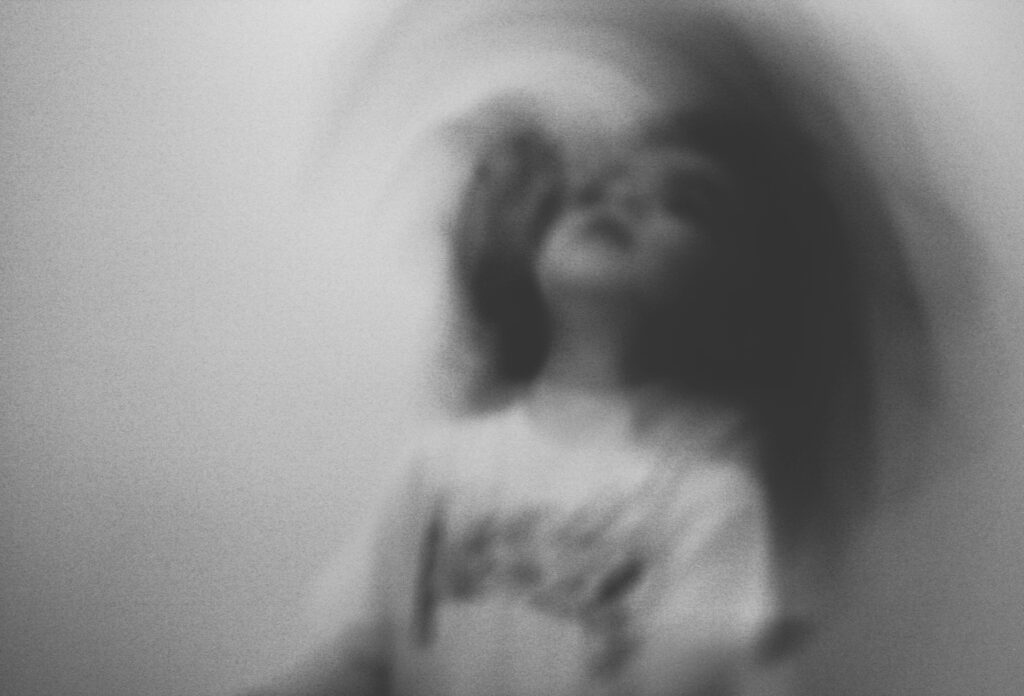
“Beta… come closer. It’s me.”
The voice came from the nala—a familiar tone, a comforting call. Eight-year-old Rohit paused, confused. It sounded just like his sister, lost in the flood the year before.
The sun had barely dipped below the line of jumbled rooftops in Meerut’s old chawl colony. The open drain behind the basti shimmered under a pale dusk, its black water motionless, hiding secrets older than memory. Frogs croaked in the stagnant pools, and a thick scent of rot and damp rags lingered in the air.
Rohit should’ve known better. The kids had been warned. “Never go near the nala after dark,” the elders said. “Not all voices are what they seem.”
But something was singing now—soft, wordless, sweet. Drawn to the edge of the water, he heard the splash too late.
He never came back.
Understanding Kaccha Kalwa: The Spirit Behind the Fear
Kaccha Kalwa is a terrifying yet deeply rooted figure in North Indian folklore, especially across Uttar Pradesh and Bihar. Said to haunt open drains, nalas, and poorly lit gullies, this ghostly spirit often targets children, luring them with the voice of someone they love or trust—then pulling them into the dark.
What Does “Kaccha Kalwa” Mean?
- Kaccha = Unripe, incomplete
- Kalwa = A name often associated with a male child
The term “Kaccha” doesn’t just refer to rawness—it symbolizes an unfinished life, someone who died young or without closure. It could also reference the incomplete last rites (Antim Sanskar), a core element of Hindu belief that guides the soul toward peace.
Without these rituals, the soul is believed to wander, restless and dangerous, particularly if the death was tragic—such as drowning, neglect, abuse, or murder.
Origins: From Forgotten Graves to Urban Legends
Kaccha Kalwa legends often emerge in densely populated, lower-income urban areas—especially near open sewage systems or abandoned construction zones, where safety is lax and community trauma runs deep.
Many say the ghost is born from:
- Children who died in nalas or unclean environments
- Victims whose bodies were never claimed or purified
- Spirits denied proper last rites due to social or economic neglect
These souls are said to become vengeful or confused, reappearing as whispering entities in the very places where they perished.
The Patterns of the Paranormal
How Kaccha Kalwa Lures Victims:
- Imitates a loved one’s voice (a sibling, mother, or friend)
- Sings or hums faintly to attract attention
- Appears at dusk or during Amavasya (new moon) nights
- Targets children who are alone, emotionally vulnerable, or playing near water
Common Signs & Local Warnings:
- Sudden silence around the drain
- Footprints that vanish into water
- Children saying they “heard someone familiar” near the nala
Traditional Protection Rituals: How Locals Ward Off the Spirit
Many Indian households still practice specific rituals to guard against such entities, especially in slum or semi-urban settings.
- Black Thread on the Wrist or Anklet
Believed to ward off the nazar (evil eye) and hostile spirits. - Lemons and Green Chilies Hung on Doors
These are believed to absorb negative energy or confuse spirits, keeping them from entering homes. - Amavasya Pujas and Tarpan Rituals
Families perform offerings during the new moon to appease wandering souls, especially of the unfulfilled dead. - Lighting Diya Near Drains or Trees
In some regions, elders light a lamp near unsafe zones to prevent ghostly presence during nightfall.
Cultural Context: Why These Stories Still Matter
Kaccha Kalwa is not just a tale to scare children—it’s a reflection of societal trauma, grief, and ritual failure. In many Indian belief systems, the failure to perform Antim Sanskar properly is not just a spiritual lapse—it’s a cosmic error, leaving the soul stuck between worlds.
These stories also serve as cautionary folklore, warning families to protect their children, stay away from unsafe environments, and remember the spiritual duties owed to the dead.
In an age of high-rise apartments and CCTV surveillance, you might think these ghosts have faded. But ask around in any North Indian basti, and someone will still remember a voice in the dark, a child who vanished, a warning passed down through whispered stories.
Final Thought: Is Kaccha Kalwa Real?
That’s for you to decide. But the fear is real. The loss is real. The drain is still there—and at night, some still say they hear the singing.
Have you heard of a similar tale in your city or village?
Share it with us in the comments or message us at Pulsewire. Your folklore may be someone else’s forgotten truth.









